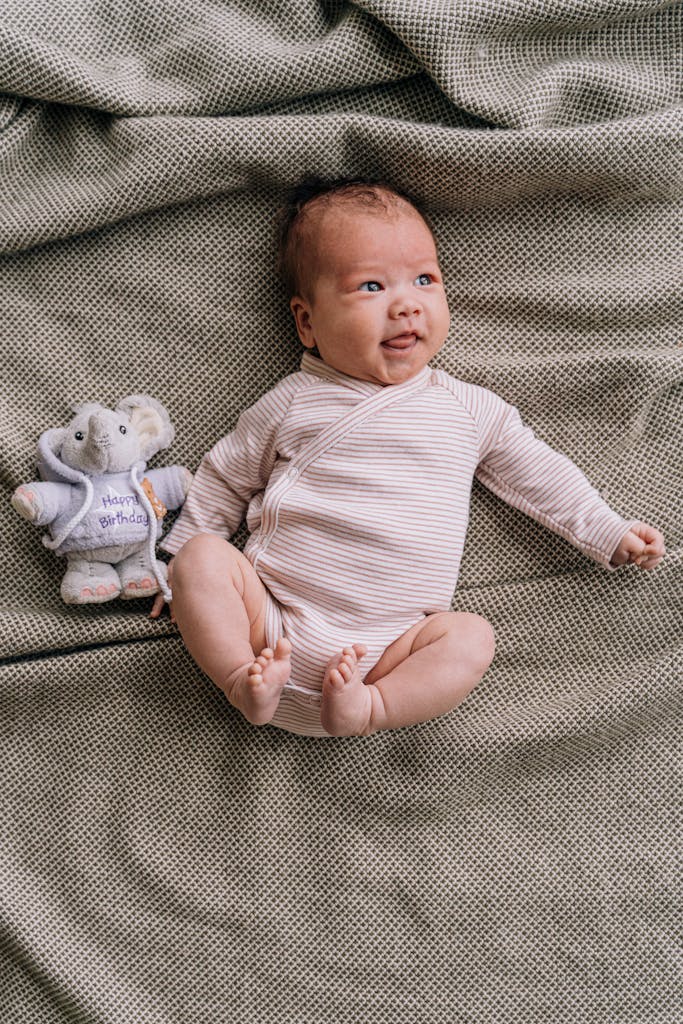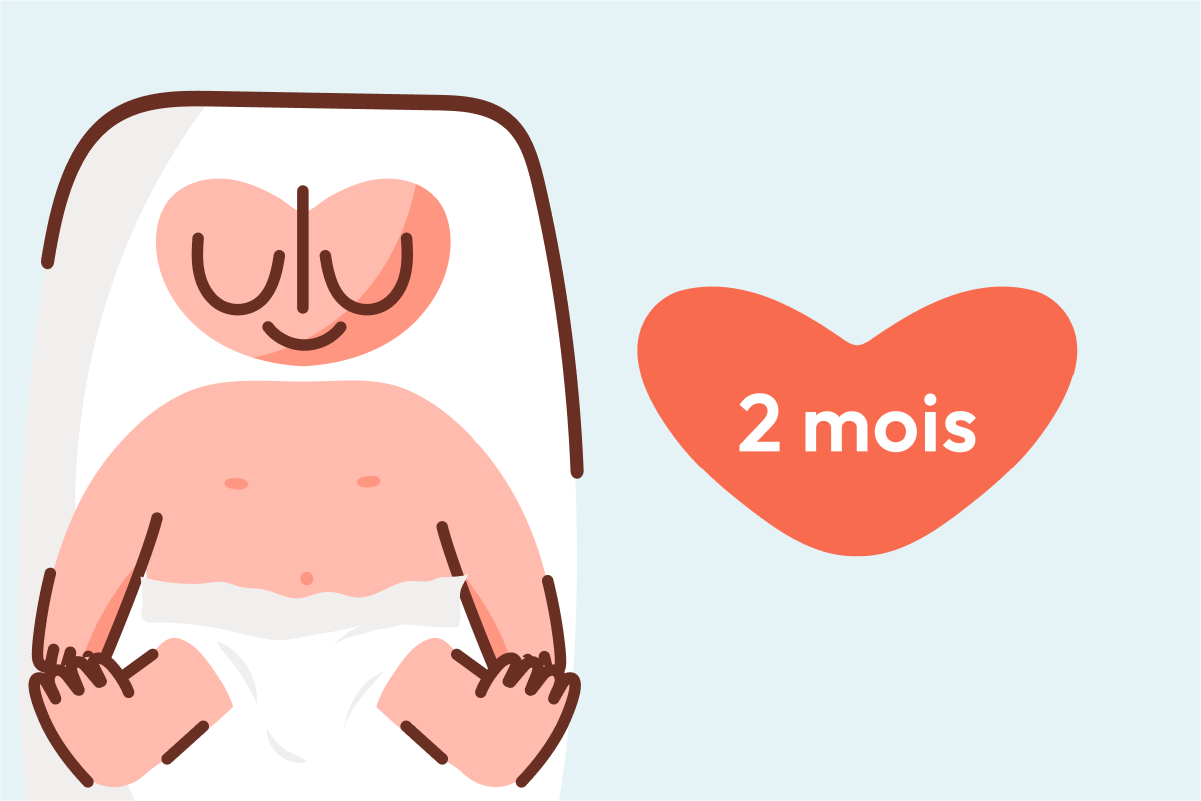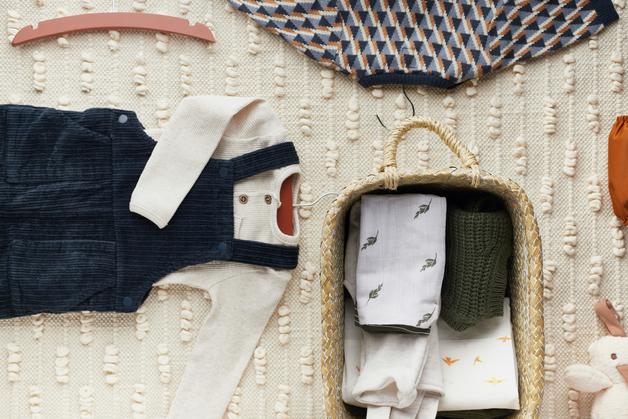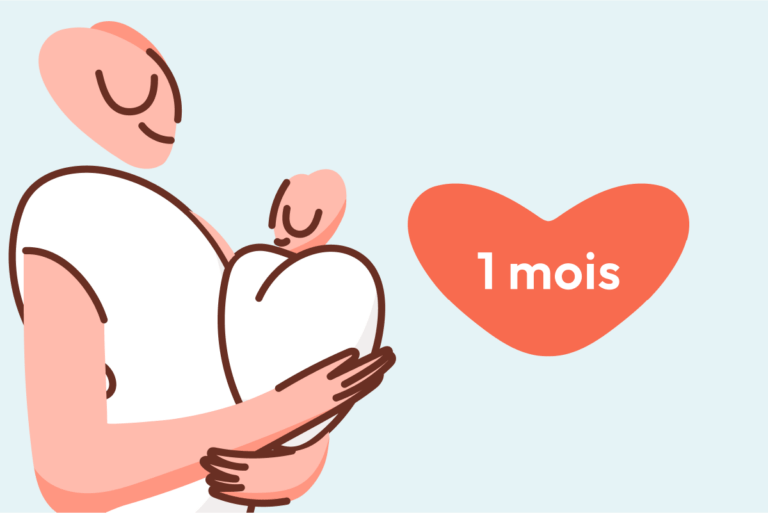At around baby 2 months, a whole new world starts to unfold, both for infants and those who care for them. Questions start to stack up—How much should my baby sleep? Are they gaining enough weight? What does all this crying mean at 5pm? It’s not unusual to feel a mix of wonder and worry as routines begin to form, but unpredictability still reigns. The transformation over just a few weeks can feel astonishing: smiles suddenly appear, tiny hands open and grasp, eyes lock with yours for longer than a fleeting moment. Whether the concern is feeding nuances, sleep fragmentation, or the first hint of social responsiveness, understanding the baby 2 months experience brings reassurance. Nutritional needs, milestones, strategies for soothing, sleep patterns, medical checks—each will be explored to offer practical solutions, evidence-based explanations, and, above all, support in your day-to-day.
What changes at baby 2 months: social, physical, and sensory leaps
The second month swings open the door to a cascade of rapid changes. The classic “social smile” emerges, small yet world-shifting, as your baby 2 months experiments with new ways to communicate. Facial features become more expressive—round cheeks, focused gazes, a ready mouth for cooing sounds. Muscle tone improves, and, for the first time, many babies lift their head briefly during tummy time (placing infants on their abdomen while awake to build muscle strength).
Parents often notice more defined alertness, moments of quiet observation punctuated by bursts of movement or sound. Babies begin to visually follow objects—especially those with bold, high-contrast colors—and seem more captivated by the world (and by familiar faces). Still, variability is the rule: a baby 2 months may have “off” days, where fussiness or sleep disruptions overshadow the emerging routine. That’s expected. The child’s neurological system remains a work in progress, adjusting to new sensations and stimuli.
Motor development: when movements start to matter
The journey towards controlled movement begins—awkward, reflexive motions shift towards purposeful exploration. During daytime wake windows, tummy time is an effective, evidence-backed practice. Several short sessions scattered throughout the day, even as little as a minute or two to start, spark the development of neck and shoulder muscles.
Why does this matter? Adequate tummy time reduces the risk of plagiocephaly (flat head syndrome), a condition documented in pediatric literature. Regularly changing how your baby 2 months lies (alternating head orientation in the crib, for example) is not just a stylistic choice; it’s endorsed because it helps maintain skull symmetry. Look out for early milestones: ability to briefly hold the head up, less curling of limbs, and, occasionally, an ambitious attempt to roll onto the side.
Fine motor skills and sensory discovery: hands, eyes, and early coordination
Notice the hands? Often open and closing—or grasping at soft, safe objects. These might look random but mark the beginning of sensorimotor integration. The baby 2 months phase is prime for offering varied sensory experiences: lightly textured rattles, cloth activity books, soothing play mats with contrasting patterns.
The fascination with fingers or even staring at nothing is a neurological milestone—visual engagement and tactile exploration go hand in hand. The American Academy of Pediatrics emphasizes providing toys that are safe to mouth and manipulate, as this fuels learning about cause-and-effect and builds neural networks.
Communication: language, cooing, and bonding
The world of sounds expands—gurgles, soft “ah-ah” noises, and genuine attempts to imitate your voice often appear. Cooing signals the maturing vagus nerve and the brain’s language centers beginning to fire. Responding to these noises, returning vocalizations, or even narrating daily activities builds foundational language skills. Babies at age baby 2 months don’t just passively absorb; they start to associate familiar faces and voices with comfort and safety.
Pausing to sing, gently explain what you’re doing, or simply make faces introduces rhythm, tone, and the blueprint of social interaction. These activities feel small but unlock long-term emotional and linguistic gains.
Cognitive development: curiosity and recognition
Is your baby staring at the ceiling fan? Fixating on that noisy toy? This is not random. At baby 2 months, visual acuity improves, and infants use their growing attention span to focus on patterns, shadows, and, crucially, the faces of trusted adults. Objects are visually tracked for longer distances, and sustained interest in new sounds shows the brain sorting out what matters.
During feeding, it’s common for babies of this age to suddenly pause and listen, reflecting early auditory processing. Many will even startle or pause movement at a novel noise, a sign of non-reflexive awareness.
Organizing routines for feeding, sleep, and play
Patterns do begin to emerge—sleep that loosely clusters around night and day, feeding requests that coincide with increased alertness, and windows for play during the day. Despite what charts suggest, flexibility remains essential. Babies this age sleep anywhere from 15 to 17 hours across 24 hours, split into unpredictable stretches. Their sleep architecture is still fragmented—cycles of light and deep sleep alternate with abrupt awakenings. Establishing a bedtime routine (bath, soothing song, dim lights) helps cue the distinction between day and night.
Feeding, whether breast or infant formula, generally follows demand: most baby 2 months will want 6–7 feeds every day. Hunger cues range from rooting (turning the head to look for the breast or bottle) to hand-to-mouth motions and soft fusses. Crying is a late sign. Learning these cues can make feeding smoother—babies feed best before they reach the point of distress.
Vitamin D is universally recommended for breastfed infants (400 IU daily), as ambient sunlight and breast milk alone typically do not provide sufficient amounts for developing bones.
Balancing stimulation and soothing
Variety stimulates young brains but overload is real. Offer periods on a soft mat surrounded by a few age-appropriate toys; brief windows of floor play are plenty. Grouping activities around different senses—gentle music, visual cues, slow movement—lets your baby 2 months process the world bit by bit. Overstimulation manifests as fussiness, turning away, or sudden tears—signs to offer quiet and comfort.
Evening fussiness, sometimes labelled colic, emerges around 2 months with seemingly relentless crying, often in the late afternoon or early evening. Though widely studied, colic lacks a single medical cause; hypotheses range from immature digestion to nervous system adjustments. Carrying, swaddling, gentle rocking, or a warm (not hot) bath can help. If episodes are prolonged, escalate, or come with concerning symptoms (projectile vomiting, refusing all feeds), consult your medical provider.
Health, hygiene, and medical considerations at 2 months
Bath time is more than a cleaning ritual—it’s an opportunity to inspect your child’s skin, nails, and general appearance. Two to three baths per week are recommended, using only fragrance-free, hypoallergenic cleansers. If the umbilical cord stump hasn’t separated, stick to sponge baths until healing is complete.
Nail care (clipping or filing when infants are calm or sleeping) prevents accidental scratches, a common issue at baby 2 months due to uncoordinated motor control. Redness, rashes, or dry patches can be addressed with bland emollients. If anything seems persistent or rapidly worsening, a pediatric assessment is indicated.
Spit-up is common—due to a still-developing lower esophageal sphincter. Gastroesophageal reflux occurs in up to half of healthy infants, usually peaking during this window. Keeping your baby upright for 20–30 minutes post-feed and opting for smaller, more frequent feeds are strategies with scientific backing.
Hiccups—unsettling to watch but rarely an issue for the baby—reflect an immature diaphragm. They usually resolve without intervention. If they interfere with feeds, frequent burping may help.
Recognizing growth and when to consult a doctor
Most baby 2 months weigh 4–5.5 kg and measure between 53 and 61 cm; however, genetics and feeding history create normal variation. Tracking head circumference, weight, and length at regular pediatric check-ups guides health monitoring. Warning signs to seek urgent assessment include persistent refusal to feed, sudden pale or blue skin, listlessness, and poor weight gain.
Stool patterns vary—breastfed babies might skip a day or two, formula-fed infants usually have more regular bowel movements. The key: stools should be soft, not pebble-like, and frequency alone is less important than the baby’s overall well-being.
Parental well-being: self-care and seeking support
Life with a baby 2 months offers breathtaking highs—and visible exhaustion. Missing sleep, endless feeds, and an always-running mental checklist can take their toll. Rest when your child sleeps; alternate care whenever possible; simplify nonessential chores or let them wait. Squeezing in a calming shower or a moment with a favorite book counts as real self-care.
Setting boundaries for visitors or accepting help (with meals, laundry, errands) can lighten your mental load. If persistent feelings of sadness or anxiety intrude, don’t hesitate to reach out to healthcare professionals (postnatal mood disorders are common and treatable).
Key takeaways
- At baby 2 months, rapid transformation means tiny victories—a real smile, increased alertness, first coos.
- Feed your child on demand, looking for early hunger cues; exclusive breast milk or infant formula provides optimal nutrition, with vitamin D supplementation if breastfed.
- Structured sleep routines are developing, but night waking and daytime sleep fragmentation remain entirely normal.
- Routine tummy time, introducing high-contrast toys, and safe play support sensory and motor progression.
- Safe sleeping practices (always on the back, a bare, firm sleep surface, pacifier optional) are endorsed by pediatric authorities to lower SIDS risk.
- Consult your pediatrician for persistent feeding refusal, fever, dramatic lethargy, or significant color changes.
- Invest in your own well-being: rest, accept support, and address your emotional health. Early intervention can make a real difference.
- For interactive health resources, free personalized guidance, and reliable pediatric questionnaires, consider downloading the Heloa app—an ally for modern families.
Every journey with a baby 2 months will feel unique. The combination of structured care, responsive feeding, routine medical check-ins, and a generous supply of empathy will transform these fleeting weeks from daunting to deeply rewarding.
Questions Parents Ask
Can a 2-month-old baby see colors?
At around 2 months, babies start to notice and respond to bright colors, especially bold, high-contrast patterns like black and white. Their vision is still developing, so they might not see all shades distinctly yet, but they are increasingly interested in vivid objects and faces. If your little one seems fascinated by contrasting shapes or follows colorful toys with their gaze, c’est tout à fait normal. Little by little, their ability to see the world in full color will continue to grow.
Does my 2-month-old recognize me?
Absolutely, it’s quite special at this age! By 2 months, babies begin to recognize their parents’ voices, faces, and even familiar scents. They may not always gaze for long, but the gentle spark of recognition—like a fleeting smile or calmness when you hold them—shows that your bond deepens day by day. Don’t worry if recognition seems subtle; every baby builds connections at their own pace, and feeling safe with you is a big milestone in itself.
What toys are suitable for a 2-month-old?
At 2 months, simple toys that stimulate the senses are perfect. Soft rattles, lightweight cloth books with high-contrast images, and smooth, safe objects encourage visual focus and touch. A few minutes of tummy time with a gentle play mat can offer both comfort and challenge for developing muscles. There’s no need for elaborate activities—just being present and gently introducing colorful, soft, or textured toys brings reassurance and fun to your baby’s discovery time.

Further reading :









